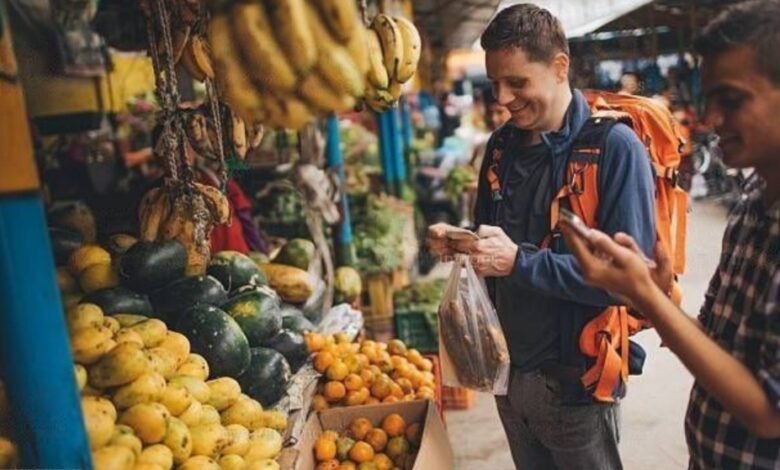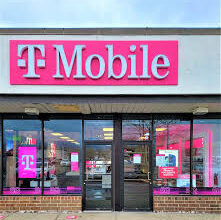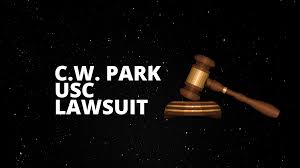5 Essential Tips to Navigate the Closest Grocery Store

While there are many ways to navigate the closest grocery store, you must have a general idea of where you are and which stores are near you. Using a smartphone’s location services is a great option, as are online mapping tools. Using a paper map is a good idea as well, if you’re not familiar with your neighborhood. Ask locals for directions if you’re not familiar with the area.
Avoiding crowded periods
The CDC reports that shoppers with COVID-19 should avoid shopping during peak hours. The virus is most commonly spread through direct contact with a contaminated person or by touching an object or surface. It’s important to keep 6 feet distance between yourself and other shoppers and shop during off-peak hours. Several strategies can help you avoid crowded periods in grocery stores. The Placer study focused on several large grocery chains and wholesalers, such as Albertsons, Kroger, Whole Foods, Publix, Wegmans, and Costco. The researchers also examined when the stores are open on weekends and during evening hours.
Bringing your own bags
You can save money by bringing your own bags to the grocery store. Most stores offer reusable bags for purchase at the register, and you may have one lying around. Also, you can save the environment by not allowing plastic bags to be used for fresh produce. Some stores even offer a small discount if you bring your own reusable bags, such as five cents off the price of your purchase. That means that you could save around $13 a year by bringing your own bags.
The newest legislation, known as the Bag Waste Reduction Law, is aimed at reducing plastic bags used at checkout. This law does not only apply to grocery stores, but to clothing and home improvement stores as well. Whenever possible, bring your own bags. Not only will you save money, but you will also be promoting a more environmentally friendly attitude in the community. If you are unsure whether you can bring your own bags, find out if the store offers them.
Paying attention to price per ounce or pound on the store label
While you may not realize it, there are many reasons to pay attention to the price per ounce or pound on the grocery store label. It can help you compare prices and avoid overpaying for a product. Besides helping you understand the price better, this information can also help you decide what is a good deal for you. Listed below are some of these reasons.
Unit pricing is helpful when comparing prices of similar products, but it can also be misleading. Not all states require that products have the same unit price. Some states only require that prices per pound or ounce be posted on the shelf. In general, a unit price on a product will be higher than the price for a regular size. It can also be misleading if a smaller ounce or pound is listed alongside a regular sized jar of jam.
Understanding why you’re there
To compete with convenience stores, supermarkets added grab-and-go sections. Instead of making the long trek to the dairy case to buy milk, shoppers can simply grab a quart of milk in the grocery section. This strategy saves them from being tempted by the tempting items in the dairy case. In addition, it helps avoid impulse purchases, since the store wants to keep more money in your pocket. Regardless of what you buy, always set a budget before you head to the store. If possible, bring a calculator with you to keep a running tally of how much you spend.



